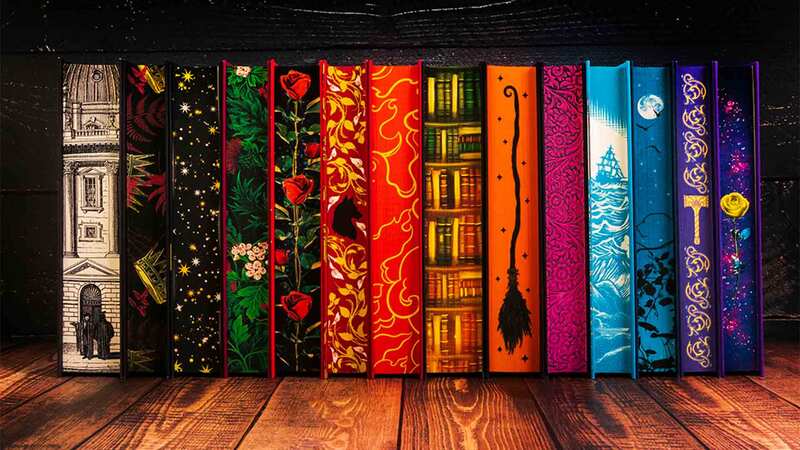You are viewing your 1 free article this month. Login to read more articles.
A monster calling
Author Patrick Ness' father was a drill sergeant in the US Army and Ness's cropped hair and fondness for marathons (he has run three) suggests that something of the Army life has rubbed off on him, despite his chosen career as a writer.
After beginning his working life as a corporate writer at a cable company, Ness started to write his first adult novel in 1999, but it was nearly a decade later in 2008, and with a young adult (YA) novel, that he came to prominence. The Knife of Never Letting Go, the first in the Chaos Walking trilogy, won both the Guardian Children's Fiction Prize and the Booktrust Teenage Prize.
The idea for The Knife of Never Letting Go, a novel set on another planet where humans can hear each other think, seemed ideal for a younger audience as the loss of privacy would be "horrifying if you were still trying to figure out who you were," says Ness. He adds: "I love writing for young adult readers because they are much less snobby about wanting a good story and are willing to relax and go with you. But they are also demanding - it has to be good, or they will be the first to tell you."
Soon after finishing the Chaos Walking trilogy, Ness was approached by his editor to complete another YA novel begun by the late children's author Siobhan Dowd, who wrote A Swift Pure Cry and The London Eye Mystery. His initial reaction was to refuse, because "to tell a story, you have to be yourself and if you're writing a story for any other reason, you're risking mediocrity."
However, as he studied the fragments Dowd had left behind, a new story began to take root. A Monster Calls (Walker Books), which will be published in May, is the result of Ness' work on the story that Dowd began, but never had the time to finish. She died of cancer in 2007, aged 47.
Ness's earlier hard-hitting sci-fi trilogy seems a long way removed from Dowd's focus on the passions and mystery of everyday life, and he admits that he might seem like a counter-intuitive choice to complete a Dowd novel.
However, Ness disagrees: "While our writing may seem stylistically different, we are both reaching for the same thing. It's not about the externals; we are both reaching for the emotion of the story. Dowd wrote about real people with real problems and I felt the same kind of emotional connectedness and a particular wariness of cheap sentiment."
He also liked the spark of the idea she had left. "I think all books that succeed do so because they capture a sense of yearning and this was a story that was yearning to be told. It had a real emotional appeal."
A Monster Calls follows 13-year-old Conor, whose mother is dying of cancer. One night, he wakes up to the sound of something calling him from the garden and discovers that the yew tree on the hill that overlooks his house has come to life. The tree challenges Conor to tell his story.
Ness says: "The Yew Tree and Conor were present in Dowd's original draft and I have no doubt that Dowd knew that yew is used in medicinal treatments for cancer, and that these deeper meanings and connections involving the yew tree would have been there for her at the beginning."
Dowd had told her editor that the Yew Tree would tell Conor three stories, but not what they were. Thus, responsibility fell to Ness to make them up. He says: "I love English mythology and, for me, the yew tree is a kind of Green Man figure in this story. Myths come about because we call them, we need them to make sense of the world, and by telling his stories, the Green Man gradually draws Conor into telling his own story, which is exactly what he is most afraid of."
The book is illustrated dramatically by Jim Kay, and Ness says he was "blown away" by his work. "The first illustration I saw was of the Green Man leaning against Conor's house at the beginning of the story and I thought he had just nailed everything about it. The Green Man is big and mythic and scary but more in the way of Ted Hughes' Iron Giant than a monster."
In writing A Monster Calls, Ness says that his aim was to write a story that Siobhan Dowd would have liked. He adds: "I hope I have done so. I wouldn't have taken on the challenge unless I felt I could write a real, breathing story. That is the best thing I could give to her."












